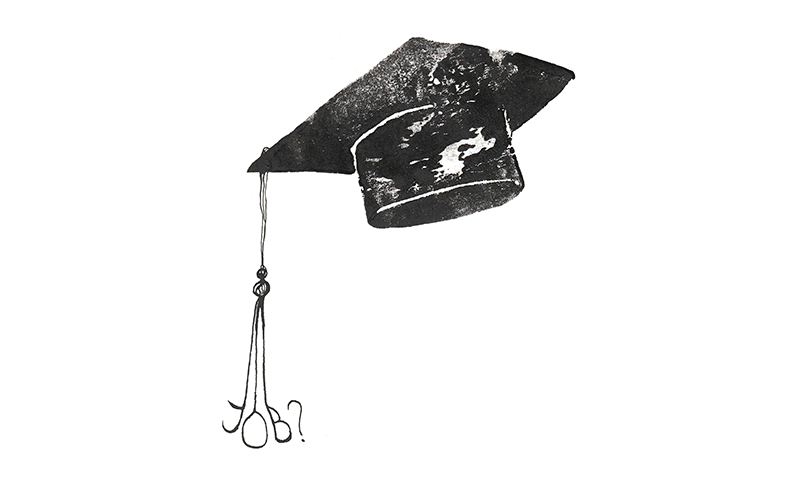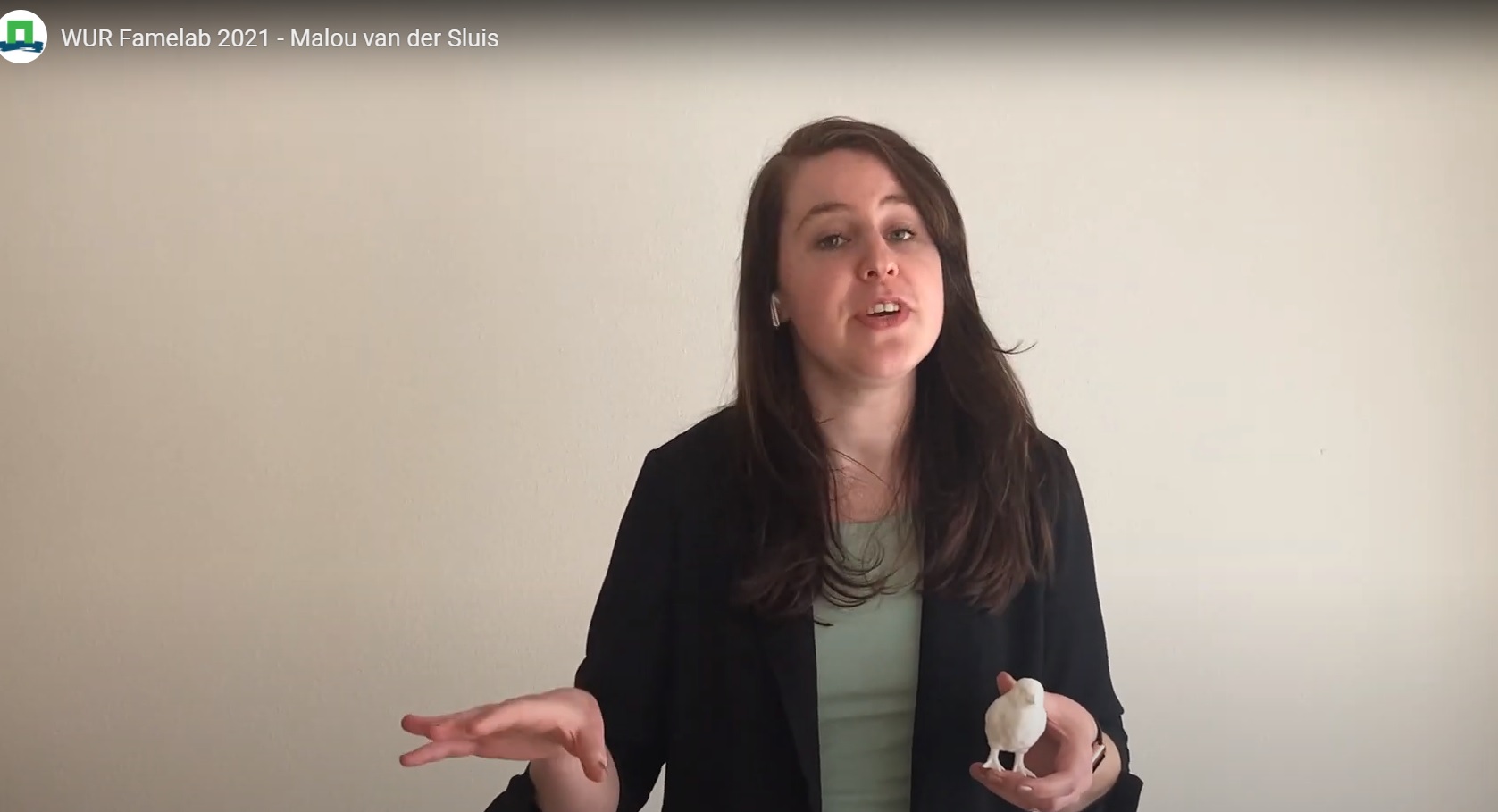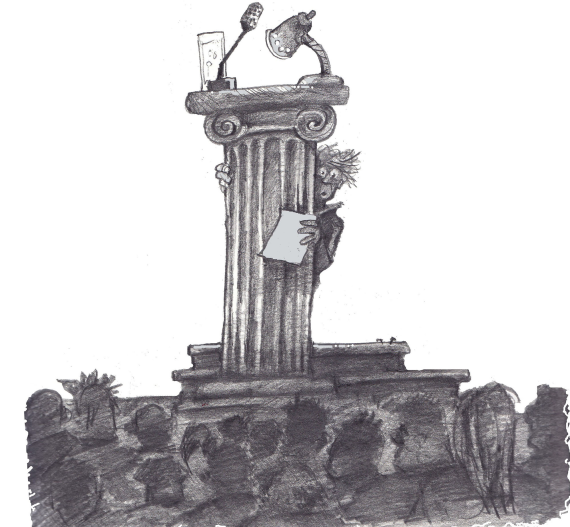Teachers, staff, students: we all have to give a presentation now and then. During the preparations for the annual preliminary round of Famelab Wageningen, the candidates had some help this time from WUR alumnus Ward van Beek of ItsaRep. Here he shares his tips and tricks for stepping onto the podium (real or virtual) with confidence.
#1 Prepare, prepare prepare
Presenting starts with asking questions. What kind of presentation is it? Who for? What is the context? How much time do you have? Are there audio-visual aids? You need to answer all these questions before you decide to give the presentation. There is no such thing as a standard context, aim or audience. So there is no standard presentation either. If you are sure that you are the right person to give the presentation, you can start your preparations. Always make sure your audience can relate to your story. The better the fit and the more topical and relevant the talk, the better. Take your audience seriously. Underestimating them is as bad as overestimating them.
#2 Content
Ask yourself: ‘What is the key message I want to give the audience?’ Try to formulate the key message briefly and clearly. Only when you’ve got that clear, can you get on with the rest of the content. It is fine to write out your text in full first. Make sure you’re in command of your story. Use colloquial language. It’s easier to make the whole thing your own when you are really on top of your content. Then you will speak more fluently and there will be space for spontaneous additions that come to you, which helps you reach your audience better.
#3 To PowerPoint or Not to PowerPoint
The best presentations don’t need slides at all, as every stand-up comedian knows. And if slides are needed, keep them to a minimum, and with only pictures or key words. Any presentation where you can circulate the slides afterwards for information purposes is not a good presentation. Because if your slides can be read and understood without explanation, you needn’t have bothered with your presentation.
#4 Charisma
People enjoy listening to someone with a calm, relaxed aura. But don’t let your presentation be dull and dry. There is nothing more persuasive than genuine enthusiasm. Play with your voice – speed up and slow down. Vary your volume and pitch – sometimes high, sometimes low. Build in pauses. Silences help with emphasis and underlining a point. Words need time to come home to an audience. Silences give you a break too, and a chance to catch your breath. A sip of water can help with that in a very natural way. Eye contact and an open manner are important during a presentation, but can make an inexperienced speaker feel uncomfortable, making it harder. That is why it is so important to practise. The more confidence you have in yourself and the quality of your presentation, the easier it will be to look people in the eye.
#5 Clarity
Make sure the structure of the presentation is logical and easy to follow, and preferably start with something attention-grabbing. Your audience should be sitting on the edge of their seats from the start. Spending five minutes introducing yourself at the start is not a good idea. Instead, start with a brief anecdote, a video clip, a quote, or something topical. A good start helps ensure that your audience will remember your message. Speak clearly and avoid jargon as far as possible. Speak a bit more slowly at the start, to give everyone time to get used to your voice and style.
#6 Practise, practise, practise
Self-confidence comes with practice. The best speakers come across as though they were talking off the top of their heads. But that doesn’t mean they haven’t spent hours preparing their presentation: they often know them so well that they can tell their story in a very relaxed way without having to keep looking at their notes.
It’s normal to feel a bit nervous. Even top speakers feel tense and alert before giving a presentation. But that tension dissolves as soon as you are on familiar territory, such as a presentation you know well because you have practised giving it so often. Take the time to practise in front of a camera. And then in front of friends. You’ll find it keeps getting better and more enjoyable.

 Photo: Shutterstock
Photo: Shutterstock 

